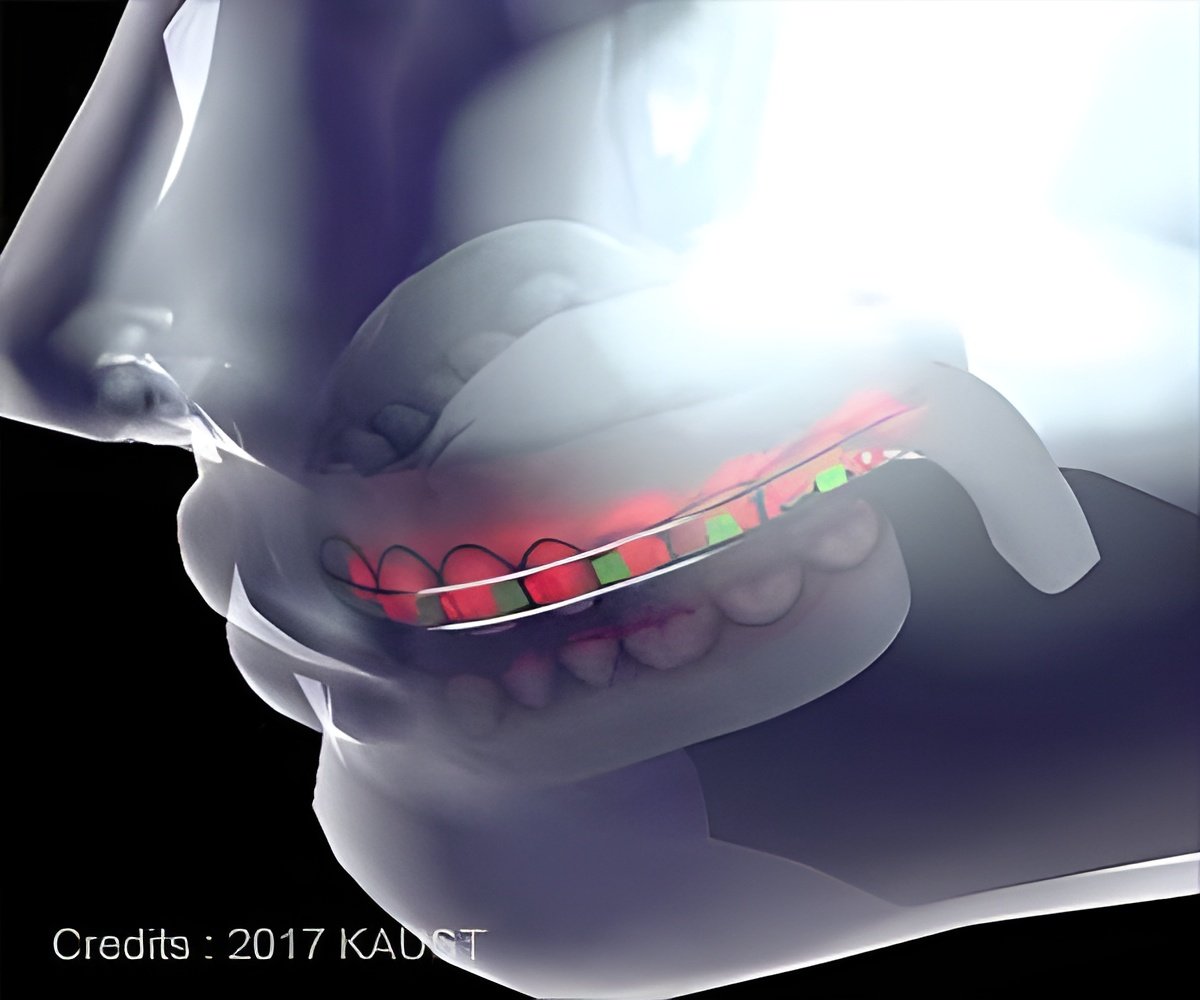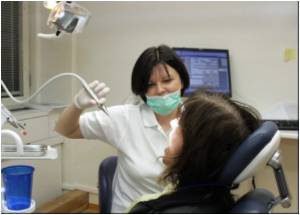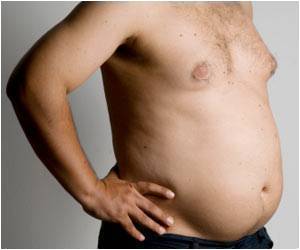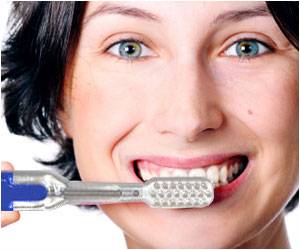Flexible, nontoxic batteries and lights when incorporated into smart 3D-printed braces can realign and straighten teeth easily and quickly.

‘Incorporating flexible lithium batteries into dental braces can increase the efficiency of corrective orthodontics.
’





The batteries provide energy to turn the near-infrared LEDs on and off, depending on how they are programmed by a dentist, to provide localized light therapy according to the needs of each tooth. Phototherapy enhances bone regeneration and can reduce the time and costs involved in corrective orthodontics. The brace would be removable to allow the batteries to be recharged.
"We started embedding flexible LEDs inside 3D-printed braces, but they needed a reliable power supply," explains Muhammad Hussain who led the study together with PhD student Arwa Kutbee.
"After the incidents with the Samsung Galaxy 7 batteries exploding, we realized that traditional batteries in their current form and encapsulation don't serve our purpose. So we redesigned the state-of-the-art lithium-ion battery technology into a flexible battery, followed by biosafe encapsulation within the braces to make a smart dental brace."
The battery was redesigned using a dry-etching technique, which removes the silicon substrate normally found on its back. This process thinned the battery to 2.25mm x 1.7mm and made it flexible.
Advertisement
Batteries were then encapsulated in biocompatible soft polymeric materials to prevent the possibility of leakage, making them safe to place in the mouth.
Advertisement
The batteries' electrochemical performance increased linearly with rising temperature, up to 90°C, making them stable.
Hussain says the system is a preliminary prototype, "which is more than a proof of concept." The next step, he says, is to conduct clinical trials.
Source-Eurekalert












